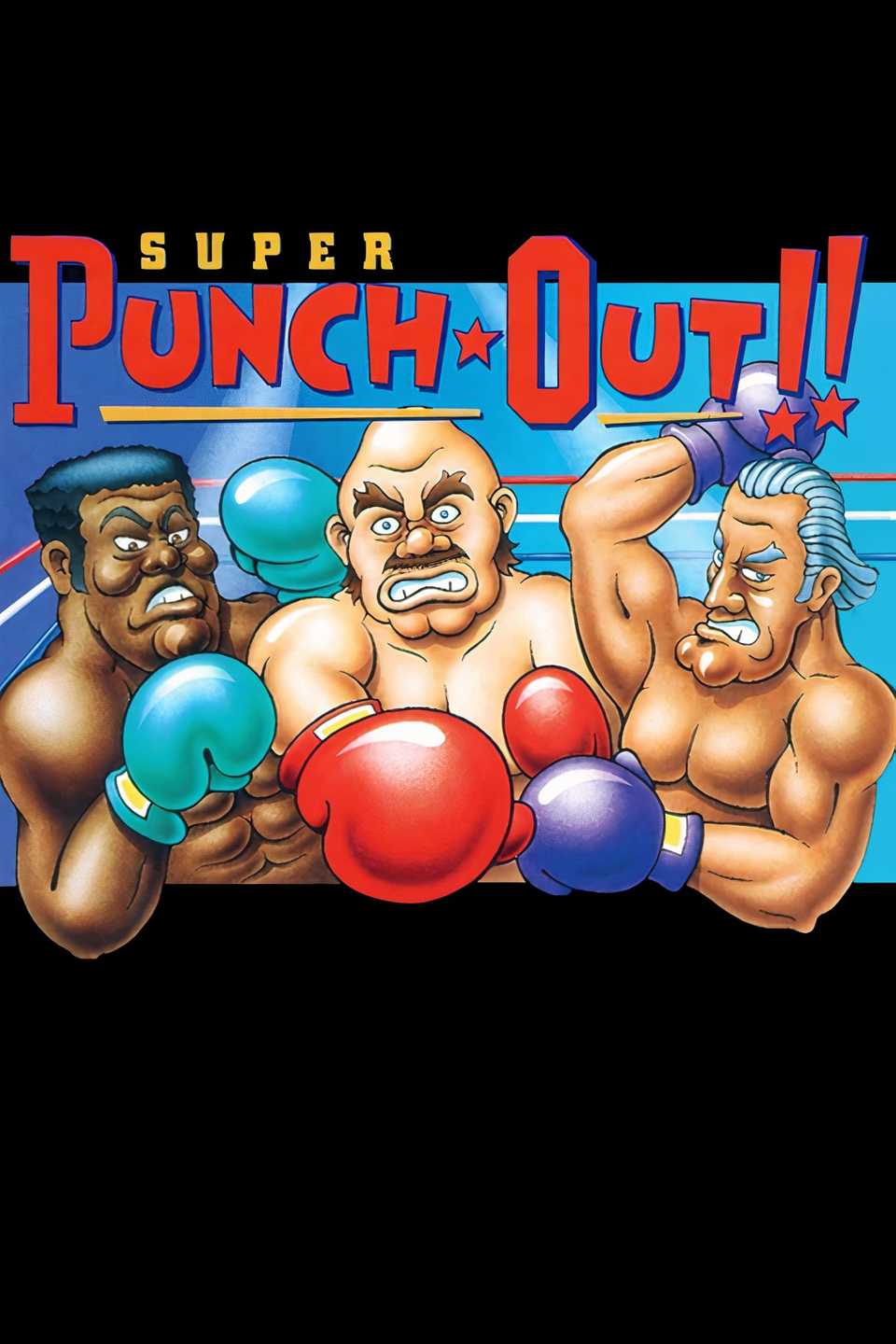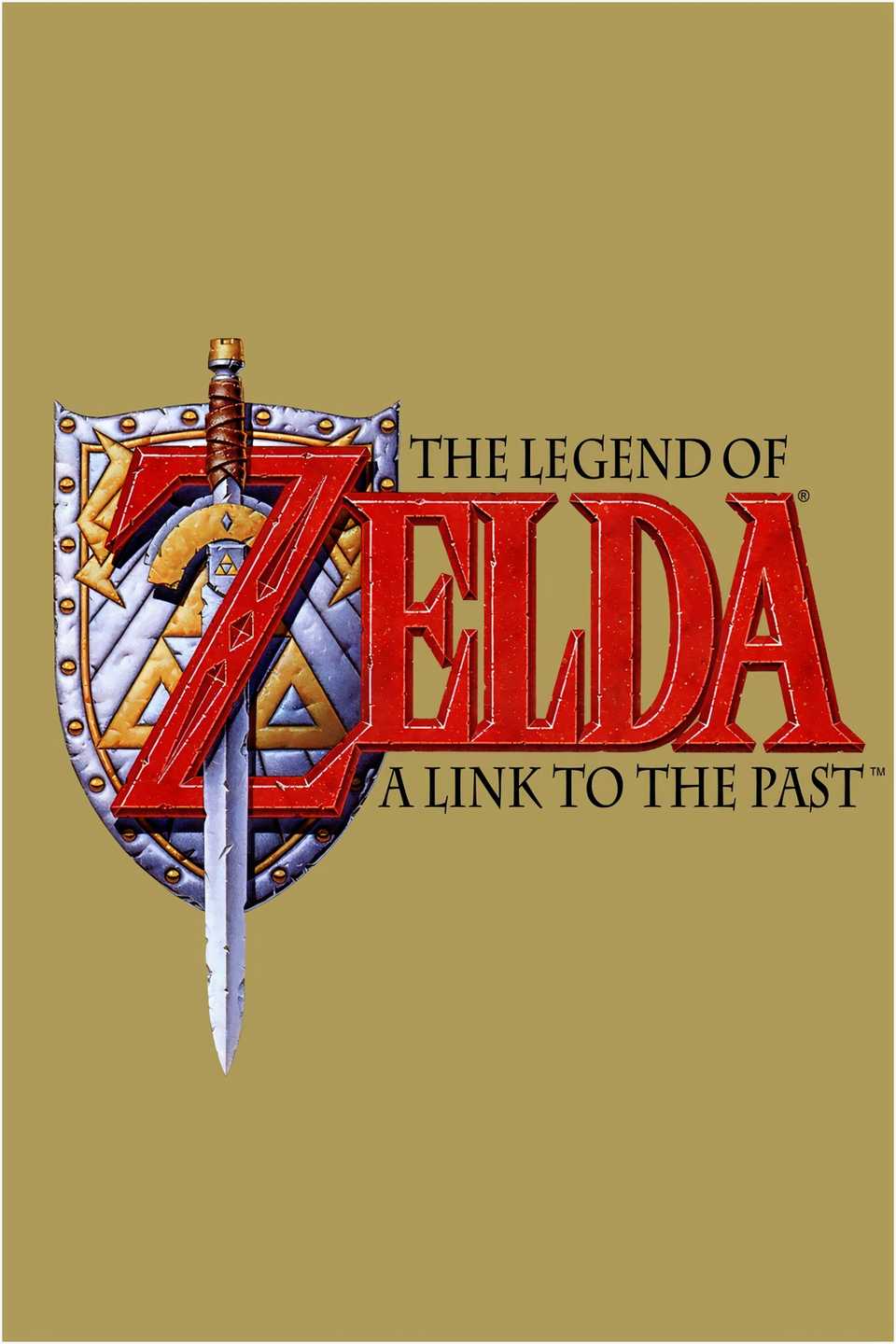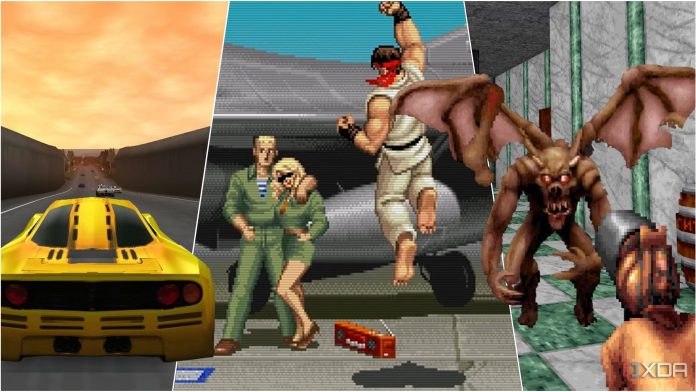I’ve stated multiple times that I believe the seventh generation of gaming, with PS3s and Xbox 360s, were the best era for gaming. Heck, I could go on about the why and how of it for hours. The ’90s, however, aren’t far behind in that ‘best-era-for-gaming’ race. We went from the NES to the SNES and then to the N64, while seeing the PlayStation change gaming forever, all before the final decade of the century was over.
Super Mario World should be the first platformer for everyone
Precision platforming with the right amount of forgiveness
Super Meat Boy is my favorite platformer in the world, and yet, despite its endearing plot and characters, it isn’t the kind of game I could introduce to my new-to-gaming girlfriend. For that, I simply put on Retroarch, and had her play Super Mario World instead. There’s no better place to start if you want to teach someone platformers, because Super Mario World balances accessibility with challenge remarkably. The early levels are forgiving enough that she made mistakes but quickly learned from them, while remaining hooked on the game.
This meant that when the difficulty ramped up, she didn’t want to quit, and instead learned to get better and rise to the challenge. Heck, even I was surprised at how Super Mario World is still one of the best ways to teach someone the art of running, jumping, and timing. Plus, the vibrant, cute visuals and the soundtrack being this nice on the ears doesn’t hurt, either.

Blood: Fresh Supply is the ideal FPS starter
Simple controls and basic yet enjoyable gameplay makes for the perfect FPS tutorial
Blood is one ‘Doom clone’ from the ’90s that managed to carve out its place in the genre, and Fresh Supply, the brilliant remaster, is my favorite way to play. The best part? The remaster makes everything from the controls to the visuals better and easier on the hands and eyes, which means it’s still a perfect way to experience this ’90s DOS classic. Now, my partner saw me play Doom: The Dark Ages, and to her, it was nothing but colors, blood, gore, bullets, and grunts on the screen as she was unable to understand anything that was going on outside the cutscenes.
That’s where the need to strip things back arises. To learn the basics of any FPS, one needs to dial the clock back, and that’s what I did, making her start with Blood. It’s as simple as things can be — move, aim, shoot, and survive. No cutscenes except the first one, no elaborate tutorials. Plus, I let her gloriously abuse the quicksave and quickload features, meaning she can make as many mistakes as she wants, as long as she understands the basic mechanics behind the FPS perspective — handling a camera, shooting what moves, and remembering the layout of levels.

Super Punch Out can prepare a new gamer for all future bosses
Pattern recognition and move-set anticipation are key here
One of my favorite games on the SNES, and inarguably one of the best sports games from the ’90s, Super Punch Out is brutal for newcomers and veterans alike, and that’s the best thing about it. Button mashing gets you nowhere in this game — not even through the first level. What it then teaches you is patience, reflexes, and the ability to read your opponent. Unless you take the time to figure out the enemy’s rhythm, tells, and patterns, you’re going down every single time.
This is where a new gamer will learn the difference between reacting and anticipating, because the moment you get past the minor circuit, there’s no time to react. They have to learn not just the opponent’s patterns and rehearse dodging (something that would help them immensely in all future Soulsborne and Soulslike games), but also to anticipate attacks before they happen. Super Punch Out really excels in teaching timing and observation to any new gamer, and those skills carry over into almost every other genre.

Super Punch-Out!!
- Released
- September 14, 1994
- ESRB
- e
- Developer(s)
- Nintendo IRD
- Publisher(s)
- Nintendo
Slug your way through the grueling and sweat-pounding matches of the Minor, Major and World Circuits. Dodge bone-bruising punches and dance to the top of the supreme Special Circuit.
Street Fighter II is the foundational fighter game
The genre has evolved, but the essentials remain the same
Moving on from Super Punch Out, Street Fighter II would be the perfect game to learn fighting games, because god knows I need a partner to play it with so I can justify my $70 Tekken 8 purchase on our PS5. Street Fighter II is a foundational fighting game, and I mean that with zero exaggeration. Will a new gamer learn everything about the genre here? No, but they will learn the essentials through and through — spacing, timing, combos, and balancing strategy with reflexes.
You’ll be forced to practice inputs, remember special moves, and sooner rather than later, you’ll find you can’t keep looking down at the controller every time you need to spam kicks or dish out a special move. Competitive fighting games have evolved since the days of Street Fighter II, but the basics have not changed at all, and that’s why this game is still the gateway to learning the ropes.
The Legend of Zelda: A Link to the Past — the gateway RPG
Adventure, exploration, and inventory management, all in one RPG
A Link to the Past is one of the greatest SNES RPGs ever, and it’s definitely one of the best Zelda games ever, too. What it does best for a new gamer, though, is teaching exploration, puzzles, and adventure. In the first ten minutes, A Link to the Past taught my girlfriend to listen to NPCs about the hidden entrance to the castle, and then try finding it herself by chopping down bushes to find a hole to jump through. That’s what this RPG does — it teaches real-time puzzle solving and exploration.
In fact, she wouldn’t have chopped through the bush had she not just wildly swung her sword around, which means that the game also instilled in her a curiosity to experiment with inventory items. A Link to the Past is endlessly rewarding, and with the teleporting between Light and Dark worlds, the story takes a fantastic turn that makes it one of the best-aged games ever.Still, what the game remains at its core is fun at every turn, and it’s a fantastic teacher of curiosity and discovery that every new gamer must play.
Learning how to explore a vast(er) world, solve puzzles by often interacting with NPCs, and a grand adventure.

The Legend of Zelda: A Link to the Past
- Released
- April 13, 1992
- ESRB
- E For Everyone Due To Mild Violence
- Developer(s)
- Nintendo EAD
- Publisher(s)
- Nintendo
- Franchise
- The Legend of Zelda
Player demand for the re-release of this Super NES smash hit couldn’t be any higher. In all his glory, Link ventures back to the land of Hyrule. The predecessors of Link and Zelda face monsters on the march when a menacing magician takes over the kingdom. Only you can prevent his evil plot from shattering the peaceful Hyrule.
Need for Speed II SE on PC is fundamental to learning racing
Easy controls, easy maps, and still-impressive visuals
Forza Horizon 5 on the PS5 was one game I couldn’t wait to have my partner try out. The world looks beautiful, the cars are breathtaking, and the game is pretty much the best sim-cade racer you can play today. Much to my dismay, it never panned out, because controlling those supercars at high speeds and through tough corners was not something she could handle right away. Witnessing that, I simply decided to install Need for Speed II SE on her PC instead, which is pretty much abandonware at this point, but was also my first racing game ever.
NFS II SE keeps things approachable while still looking sleek. The handling is simple enough to control the cars on a simple d-pad instead of a stick, and the tracks are so much simpler than the more open-world maps in racing games today. Here, a beginner learns how to control speed, take corners, and push against opponents slowly, as you increase the difficulty scale. The Proving Grounds track? Pure perfection for training, and the confidence it slowly builds in a new gamer is unmatched. By the time she’s done with NFS 2 SE, she will have grasped the fundamentals of racing games, and we’ll then move on to Most Wanted (2012) before going to Forza. Hopefully, by the time her next birthday rolls around, she’ll be skilled enough for me to get her a Logitech G29 racing wheel.

Final Fantasy VII’s classic version with mods
The greatest PS1 RPG, but make it look better at 60 fps
At some point, there comes a time when every new gamer needs to experience a deep, narrative-driven adventure. There’s only so many times she can watch me sob at Arthur’s demise or Joel and Ellie arguing, before she wants to experience such narratives herself. FFVII does three things fantastically well in that department — it’s a gateway to handling 3D games and an over-the-shoulder camera, it helps a new player stay engaged and invested in a long story, and it even teaches them turn-based combat, letting them decide if that’s the way they want to consume their storytelling and combat.
New players learn patience, planning, and the joy of investing in characters over a long journey. Although we are just a few hours into my partner’s playthrough of the game, my regular pop quizzes about the characters have made sure that her investment remains solid. A few mods here and there on the PC version have really helped polish the experience, too — better character models and textures with a 60fps mode keep things from getting janky. What I can’t wait for is for her to witness that moment.
Any Tetris version is a fantastic teacher for new gamers
There’s a reason it changed gaming forever
Ah yes, the most classic game of all time. There’s a reason that Tetris remains one of the most popular games ever, and so highly relevant even today. It embodies the purest essence of gaming — easy to learn, impossible to master, and endlessly replayable. For a newcomer, the biggest thing Tetris teaches is pattern recognition under pressure, which keeps on ramping up the better you become, meaning your skill and the pressure on you will keep rising proportionally.
Plus, it teaches spatial awareness and inculcates the ability to plan ahead — you can’t keep going for single lines the entire time, and will have to eventually start building up for Tetris clearances. Honestly, it’s the simplicity of Tetris that remains its biggest strength — I could install a modern version on her phone, have her play it on her work laptop during breaks, or just install the NES version on her phone, and they would all be the same — falling blocks, no gimmicks, and her brain working overtime to fit them into place.
’90s classics are perfect for quietly teaching basic lessons while remaining fun
SNES or DOS classics might be nostalgia trips for me, but they are perfect on-ramps for someone who’s never held a controller.
What I’ve learned over the past year is that teaching someone to game doesn’t mean handing them the newest or flashiest titles, or expecting them to know what I’m doing even if I’m showing it to them. What’s really important and non-negotiable is to give them experiences that quietly teach them the basic lessons while still remaining fun. This is why ’90s classics are best cut out for this job. They were, in themselves, lessons embedded into design itself.
Today, I might look at SNES classics or DOS masterpieces as nostalgia trips to play once in a while, but for someone new to gaming itself, they actually serve as a great on-ramp if they’ve never held a controller before. If they fall further in love with gaming through these titles, as I hope my partner does, too, then I’d have set her on a path that could last a lifetime. There’s no hurry, after all, and that’s why we can start with the basics patiently.





